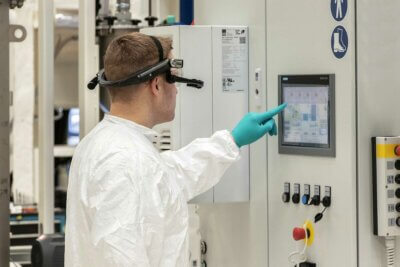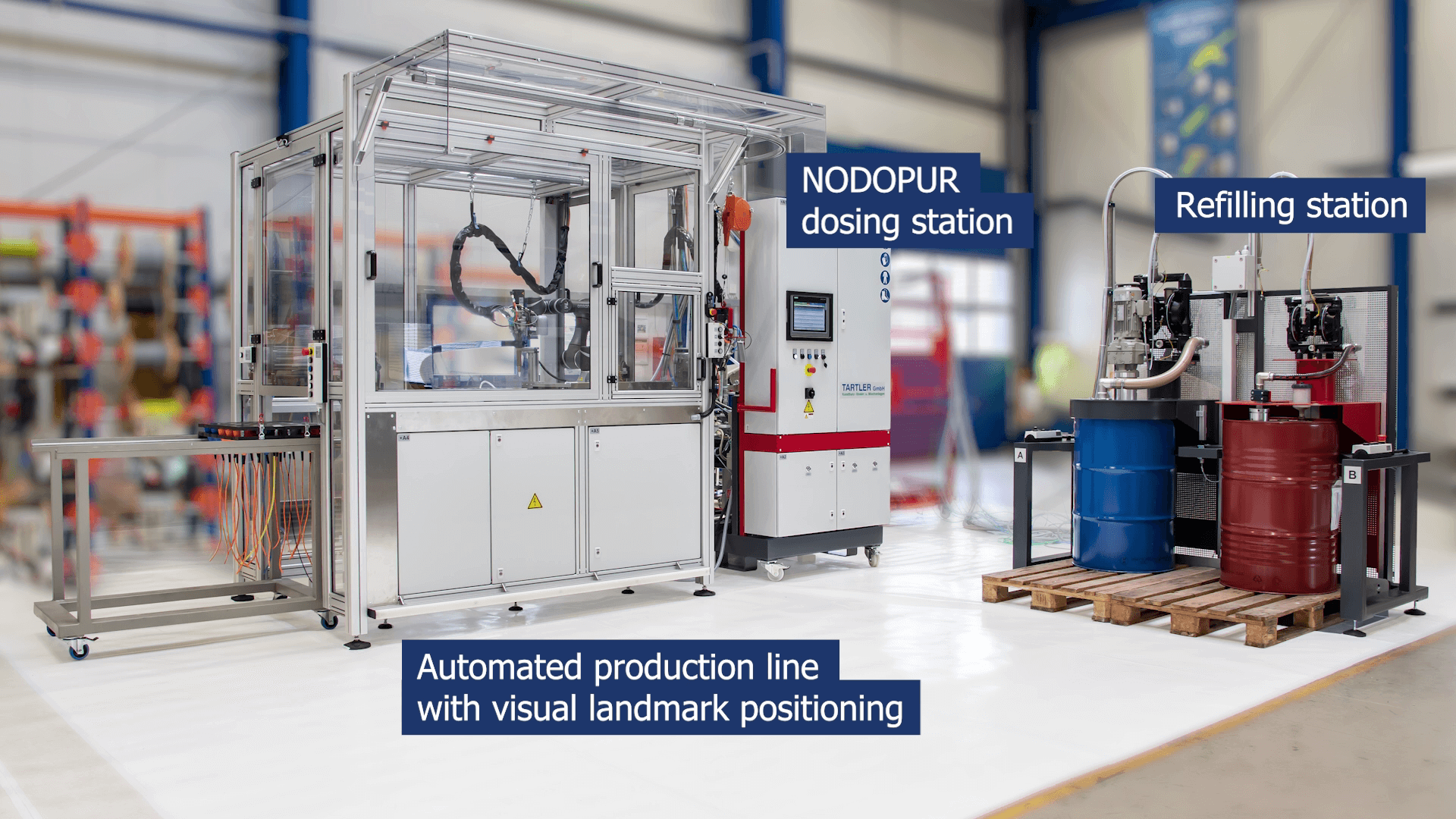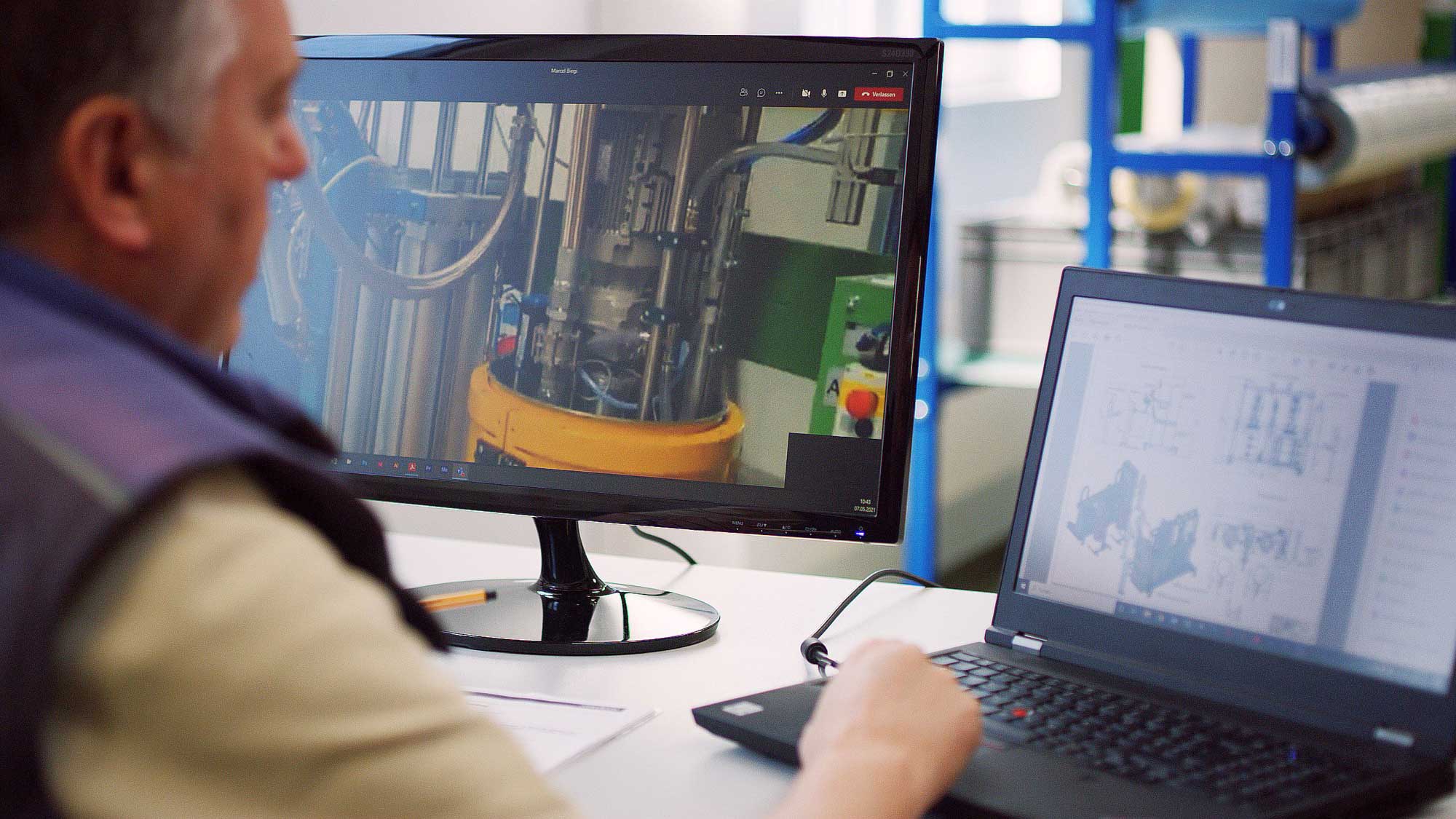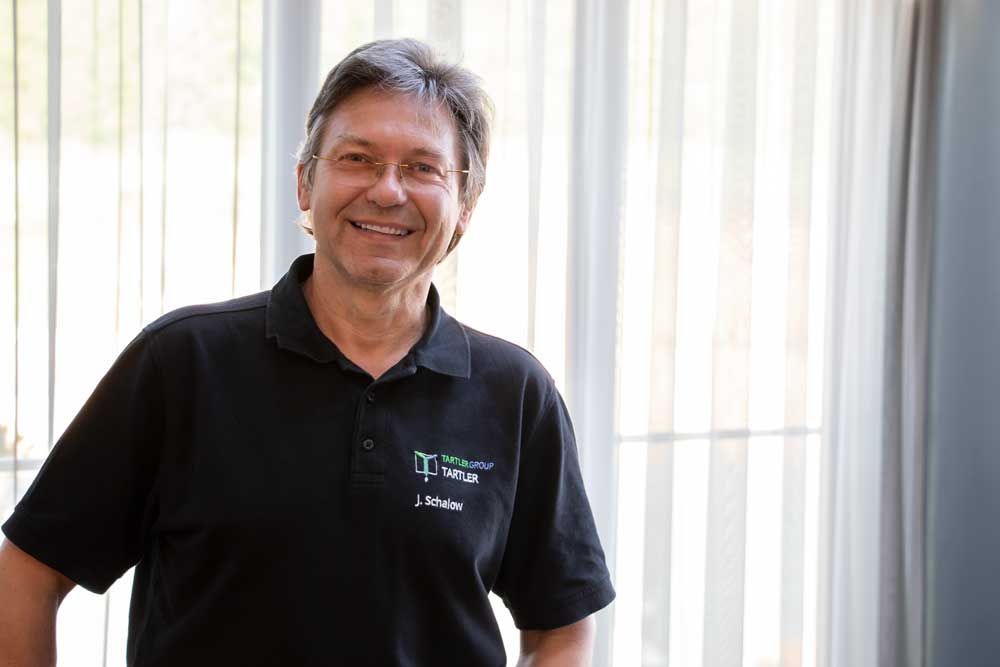Plant Manufacturer TARTLER Expands Its Range of Customer-oriented Web Services
TARTLER dosing, mixing and degassing systems are used worldwide in many different areas of synthetic resin processing. Based on their modular design and customer-oriented engineering, they are tailor-made for the specific application. Matching these offers, customers can make use of our growing portfolio of industry- and project-specific services. These days, TARTLER is additionally expanding its service portfolio with two innovative applications – Augmented Reality and Mixed Reality – for rapid acceptance and commissioning of the machines.

Voice control and visualization of work instructions and process steps via head-mounted data glasses are the focus of TARTLER’s new Service 4.0. tools.
TARTLER has always supported its customers with comprehensive services throughout the entire life cycle of its dosing, mixing and degassing systems. Adapted to the technical requirements and strategic goals of the users, the company is able to configure individually tailored service packages that ensure rapid commissioning and 24/7 availability of the machines. “Beyond the quality of our systems, this allows us to make important contributions to the high process efficiency of our customers’ production and assembly lines,” says company boss Udo Tartler. In the meantime, he and his engineers are placing just as much emphasis on the expansion of the service portfolio as on the further development of the metering, mixing and degassing systems. Against this background, the company’s latest innovations are worthy of note: The deployment of two new web-based services based on augmented reality and mixed reality technology. “We are thus expanding our portfolio with innovative solutions in the field of Service 4.0,” says Udo Tartler.
On the Ball with CAT and SAT
The two new service modules from TARTLER are offered under the names Online-CAT and Online-SAT. CAT stands for Customer Acceptance Test and concerns the acceptance of the dosing, mixing or degassing system by the customer at the TARTLER plant in Michelstadt. The SAT (Side Acceptance Test) module, on the other hand, is used when the acceptance of the machine takes place directly on site at the customer. In both cases, the focus is on voice control and the visualization of work instructions and process steps via industry-standard head-mounted data glasses of the Smartglass generation. The user’s hands remain free at all times, as all applications and files, as well as browser-based information, are communicated via voice and text commands. “On the one hand, with the new Service 4.0 modules, we are decoupling commissioning from the prerequisite of time-consuming travel and on-site presence; on the other hand, we see this as the logical further development of our previous range of services around web-based live support via a meeting platform, remote diagnostics via machine software or customer instructions via video clips,” stresses Udo Tartler.









